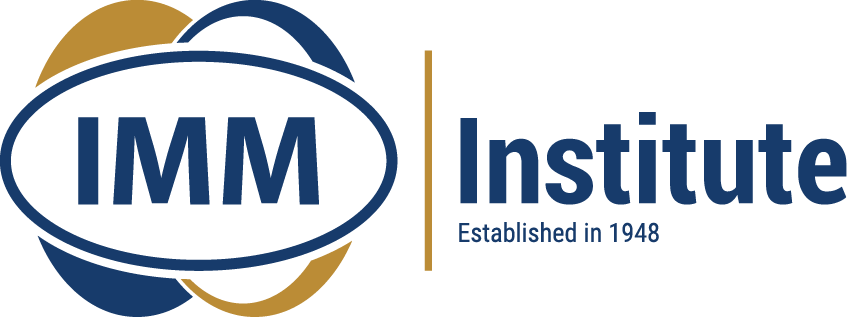This blog will examine the main causes of this hesitancy, such as lack of training, reluctance to change, budgetary concerns, and the complexity of new instruments. Marketing experts can keep ahead of the curve by utilising cutting-edge technologies and overcoming obstacles by comprehending these variables.
1. Budget Constraints

Budget is one of the biggest obstacles to implementing new marketing tools. Due to their limited funding, many organizations—especially small ones or startups—are reluctant to spend money on pricey products that call for hefty upfront fees or continuous subscriptions. The initial financial outlay of a new customer relationship management (CRM) system or AI-powered analytics tool can be intimidating, even though they may promise improved performance.
Solution: To start with free or basic versions that expand with the company, marketers should concentrate on technologies that offer scalable pricing. Securing CEO buy-in and facilitating the allocation of cash for sophisticated technology can be achieved by showcasing the return on investment (ROI) of these technologies.
2. The Complexity of New Tools
A steep learning curve is commonly associated with new technology. Many marketing teams find it difficult to fully realise the promise of new tools because of features that are either unfamiliar or too complicated for non-technical users. Teams may be disinclined to adopt the technology altogether as a result of this complexity, which can cause irritation and decreased productivity.
One potential solution to tackle this issue is for marketers to look for systems that provide strong customer service and easily navigable interfaces. The onboarding process for new tools can be facilitated with webinars, tutorials, and dedicated support. It is recommended that marketers give priority to technologies that seamlessly interface with their current systems in order to minimise deployment complexity.
3. Lack of Training and Knowledge

Lack of appropriate training is a common cause of marketers’ sluggish adoption of new technologies. A lot of professionals might not be comfortable using sophisticated digital technologies, and there’s a big difference between old-fashioned marketing tactics and fresh, data-driven ideas. Marketing teams are less inclined to adopt new technology if they do not have the resources or expertise to teach their employees. This opinion is also supported by the opinions of consumers. For example, a survey found that 27.3% of global consumers feel that AI can improve the customer experience, just over 50% use chatbots, and less than 40% trust information given to them by AI tools.
The key to the solution is to invest in ongoing education. Marketers may acquire the skills and information necessary to successfully manage digital transformation by enrolling in short courses like the Applied Digital Marketing Course. By mastering the usage of tools such as data analytics software, marketing automation platforms, and AI-based solutions, teams may close the knowledge gap and boldly embrace innovation.
4. Resistance to Change

A major obstacle is aversion to change. Certain professionals feel at ease with their current procedures and worry that emerging technology may cause disruptions to work processes or result in job losses. Some people might choose to stick with what they know because they feel overwhelmed by how quickly the digital scene is evolving.
Solution: Any organisation going through a digital transformation needs to have a change management strategy in place. It is the responsibility of marketers to cultivate an environment that values innovation and trial. Reducing opposition and generating excitement about tech adoption can be achieved by showcasing the observable advantages of new technology, such as expanded consumer insights, improved campaign performance, or higher efficiency.
5. Fear of Poor Results
Fear, specifically the worry that a new instrument or technology could not produce the desired outcomes, is another frequent cause of slow adoption. When a marketing team expends time and resources on acquiring and executing novel systems, with negligible or unfavourable results, confidence in forthcoming technology may be undermined.
Solution: By beginning with smaller, less hazardous technological investments, marketers can lessen this anxiety. Marketers can assess the efficacy of new tools by running A/B tests or pilot campaigns before committing fully. Furthermore, examining case studies and obtaining references from other businesses that have effectively implemented the technology can offer insightful information and comfort.
Embracing the Future of Marketing Technology
The advantages of implementing new technologies far exceed the drawbacks, however. Marketers may overcome the obstacles preventing them from adopting the newest innovations by taking the appropriate strategy, which includes prioritising affordable tools, making training investments, and managing change strategically.
Marketing teams may improve their present tactics and future-proof their endeavours in a world that is becoming more and more tech-driven by remaining informed, implementing the appropriate tools, and cultivating an innovative culture.

The Applied Digital Marketing Course offered by the IMM Institute may be of interest to marketers who are prepared to close the gap between conventional methods and cutting-edge technologies. By providing professionals with up-to-date knowledge of digital technology and trends, this course assists marketers in overcoming the obstacles and hesitations associated with digital transformation.
















